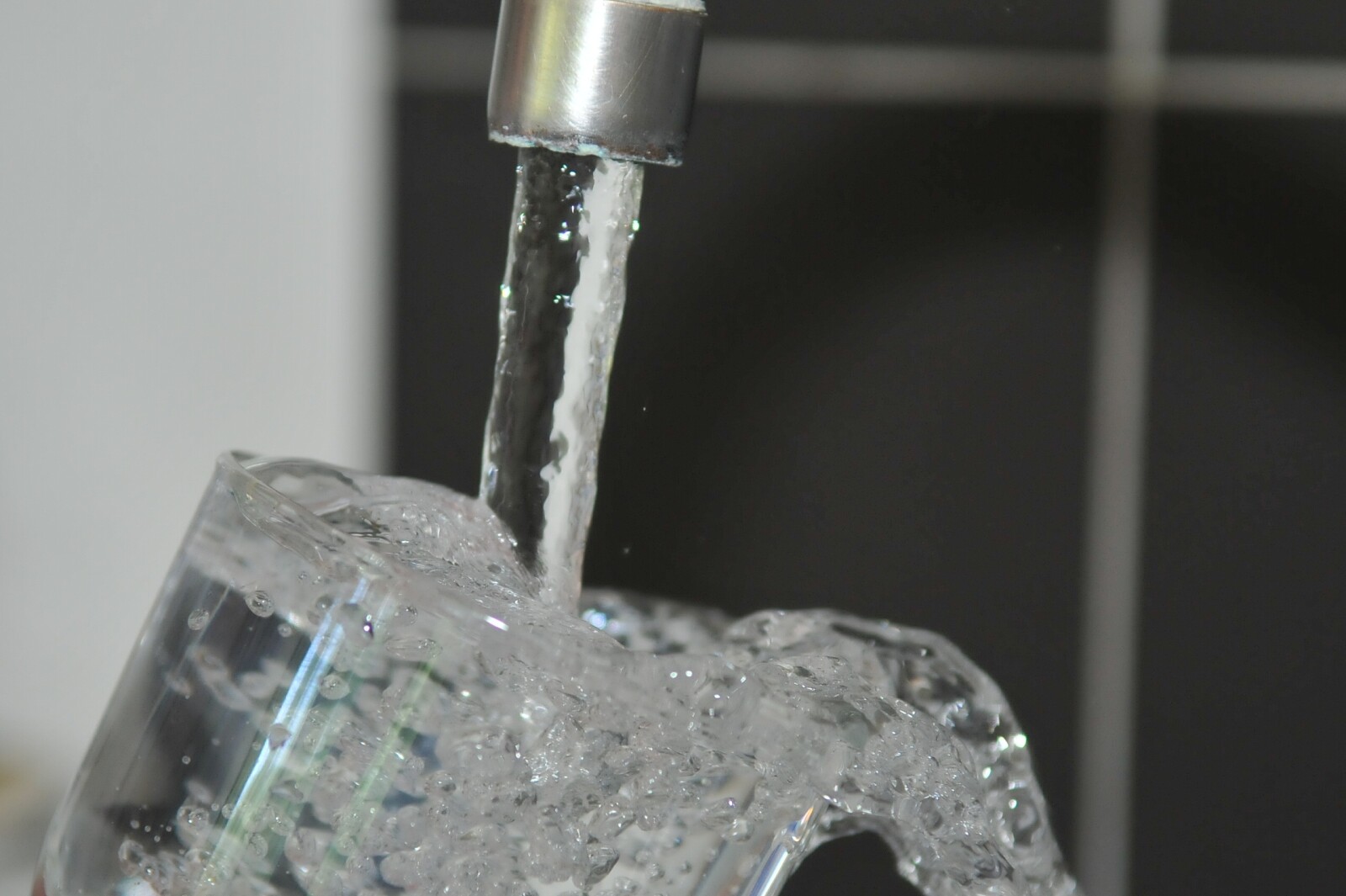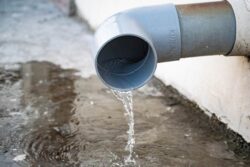What Caused the Water at Camp Lejeune to Become Contaminated?
In August 2022, Congress passed a law giving individuals the right to sue for the losses they have suffered due to drinking contaminated water at Camp Lejeune. Thousands of compensation claims have been filed since the passage of the law, with tens and even hundreds of thousands more expected to be filed soon.

What Happened at Camp Lejeune?
Camp Lejeune is a Marine Corps Base in North Carolina. It has been in existence since the 1940s and has been home to millions of service members, their families, and civilian workers.
In 1982, it was discovered that two of the eight water treatment plants servicing Lejeune — Tarawa Terrace Water Treatment Plant and Hadnot Point Water Treatment Plant — contained frighteningly high levels of specific volatile organic compounds (VOCs).
These VOCs are known to cause serious health conditions, including cancers, adverse birth outcomes, and several other severe, life-threatening problems.
What Are Some of the Specific Health Problems People Developed?
The contaminated water supply at Camp Lejeune led to the development of a frightening number of devastating and fatal diseases and conditions, including:
- Adult leukemia
- Aplastic anemia
- Various myelodysplastic syndromes
- Bladder cancer
- Kidney cancer
- Liver cancer
- Multiple myeloma
- Non-Hodgkin’s lymphoma
- Parkinson’s disease
- Neurobehavioral effects
- Birth defects
This list is in no way exhaustive. The full effects that this contamination had on people’s health are not entirely known and may never be.
What Caused the Water to Become Contaminated at Camp Lejeune?
Investigations into the water contamination fiasco determined the sources of contamination at both water treatment plants:
Tarawa Terrace Water Treatment Plant
The primary contaminant at the Tarawa Terrace water treatment plant was perchloroethylene or tetrachloroethylene (PCE). PCE is a chemical used extensively in certain industries, one of which is dry cleaning. It is also effective as a degreaser of metal parts and equipment and can be found in shoe polish and typewriter correction fluid.
Although it is an organic chemical, there is no evidence that PCE can occur in the environment without the influence of human activity.
Extensive investigations revealed that the PCE found at Tarawa Terrace came from a dry cleaning business known as ABC One-Hour Cleaners. It was located near the base but outside of its boundaries.
For years, ABC One-Hour Cleaners used PCE in its daily operations but failed to handle and dispose of the chemical correctly. It was released into the soil and went on to enter the groundwater by way of the dry cleaner’s septic system. Additionally, ABC One-Hour Cleaners improperly buried PCE on the lot that contained the business.
These abhorrent practices eventually led to the contamination of the Tarawa Terrace water treatment plant, which was located a mere two miles away.
In 1989, the Environmental Protection Agency (EPA) and the North Carolina Department of Environment and Natural Resources (now called the North Carolina Department of Environmental Quality) investigated the site, found unacceptably high levels of PCE, and deemed the location an unacceptable risk to public and environmental safety.
The location became a part of the Superfund Program’s National Priority List in that same year.
Hadnot Point Water Treatment Plant
The Hadnot Point water treatment plant experienced significant contamination from a variety of dangerous chemicals, including:
- PCE
- Trichloroethylene (TCE)
- Trans 1,2-dichloroethylene
- Vinyl chloride
- Benzene
Each of these chemicals has been directly associated with all manner of dangerous health conditions, from cancers to lupus to Parkinson’s disease.
Similar to the situation at the Tarawa Terrace Water Treatment plant, the contamination at Hadnot Point also came about due to the improper handling and disposal of toxic chemicals and substances. Tanks containing these dangerous chemicals were stored underground and aboveground in an improper fashion, and this negligence led to the tanks leaking their contents into the ground and groundwater.
Unfortunately, these leaks happened quite frequently. At the Hadnot Point Fuel Farm, fuel leaks that occurred in the 1970s and 1980s led to substantial groundwater contamination. The first documented leak happened in 1979.
During that incident, an estimated 20,000 to 30,000 gallons of fuel leaked out of the farm’s storage tanks and into the groundwater due to several problems: lack of maintenance, the age of the tanks and their parts, and failure to clean the tanks.
However, despite this massive failure to properly store the chemicals, nothing was done to remedy the situation. The leak continued, causing approximately 1,500 gallons of fuel to enter the groundwater each month until the fuel farm was replaced many years later, in 1990.
Yet another cause of the contamination of the water at Hadnot Point was the indiscriminate dumping of toxic waste into the woods. Workers in charge of handling this waste were given no guidance on its disposal, except that they should not dump it into the septic system or near buildings. So they chose the woods instead. The result was the disastrous contamination of Camp Lejeune’s water.
How an Attorney Can Help Camp Lejeune Victims Get the Justice They Deserve
Congress and the president have now acted. Victims of the Camp Lejeune water contamination tragedy finally have an avenue to seek recompense for their many losses. However, compensation is not automatic. In fact, Lejeune’s victims must first prove that they deserve to be compensated.
Accomplishing this requires a deep knowledge of the law and familiarity with the rules of federal civil procedure. Federal rules and regulations stipulate how a person must proceed when pursuing relief under federal law. Failure to follow these rules can lead to substantial case delays and even the dismissal of a valid claim.
Camp Lejeune’s victims need the assistance of seasoned attorneys to navigate the complex claim process. With the right attorneys on their side, they can have the assurance that their claims remain valid and in compliance with claim and lawsuit rules.
These same attorneys will also help ensure that Camp Lejeune’s victims receive the fullest compensation possible under the Camp Lejeune Justice Act. They will work diligently to make sure that each compensable damage is taken into account during the compensation calculations stage.
Finding the Right Law Firm
Once the Camp Lejeune Justice Act became law in August 2022, many law firms began advertising their services to victims of the Camp Lejeune water contamination tragedy. Many of them are perfectly capable of representing the victims of Camp Lejeune, but not all of them.
Future claimants need to know how to choose a firm that will represent them in the manner they deserve.
Start by Asking the Right Questions
Asking the right questions will get you far in your search for a reliable firm. These include but are not limited to:
- What experience does your firm have in personal injury cases?
- What is your firm’s track record with personal injury cases?
- Does your firm have any specialized knowledge regarding Camp Lejeune?
- How does your firm communicate with clients?
- How is your firm viewed by your peers?
- Do your attorneys have records of ethical or other violations or complaints?
Always remember that as the client, you are ultimately the most important part of the compensation claim. You deserve answers to these questions and the most qualified legal professionals representing you.
Use the Many Resources Available for Seekers of Representation
During your search for the right law firm, take advantage of the resources available to you, such as:
- YELP and Google reviews
- Lawyer directories and listings, such as Martindale-Hubbell
- The law firm’s webpage
- Listings and descriptions from professional associations
- Listings and descriptions from legal publications and websites
If you or someone you love was exposed to the contaminated water at Camp Lejeune, you may be entitled to compensation. Please take the time to fill out the form on the left of your screen and receive a free evaluation of your case.




